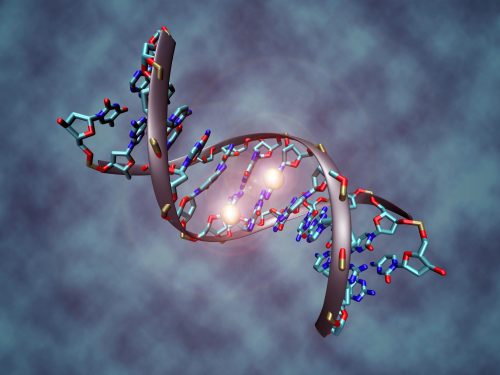Harnessing your own immune defenses and using them to kill tumor cells. This simple, yet revolutionary idea, is the premise of immunotherapy. When our body is not actively fighting an infection, the immune system is turned off using various mechanisms that resemble brakes of a car. Immunotherapy revolves around disabling the brakes of the immune system, thereby enabling T-cells, immune cells, to be perpetually active in order to attack cancer cells. Currently, anti-CTLA-4 and anti-PD-1 are two monoclonal antibody drugs that have been granted FDA approval for anti-cancer immunotherapy drugs.
Monoclonal antibodies are a fusion of immortal melanoma cancer cells and specific antibodies created by the in vivo stimulation of an antigen. However, these drugs are ineffective against glioblastoma, eliciting more off-target side effects instead of cytotoxic responses. To combat glioblastoma, Yale researchers set forth to find other potential immunotherapy targets. Sidi Chen, an assistant professor in the Department of Genetics and Systems Biology Institute, and Lupeng Ye, a postdoctoral associate in the Chen lab, are on the forefront of a revolutionary phase of medicine: employing viral mechanisms to better the prognosis for glioblastoma patients. Ye, explaining his initial interest for cancer therapy and cancer research, describes that “cancer research is incredibly booming right now and with the major strides being made, significant research contributions can practically reform current treatment options and mechanisms”
By developing an integrated AAV viral + Sleeping Beauty (SB) transposon system, Chen’s team was able to induce glioblastoma in mice then use their developed system to “hop” around genes, finding the mutated ones and doing screen readouts in order to compare the most probable hits. The SB Transposon system is a jumping gene that was initially discovered in parasites, but is commonly used for gene insertion and sequencing. The SB transposon system is used to selectively sequence a portion of the genome, and is popular in induced mutagenesis, as the SB transposon can almost accurately identify potential mutated genes in their role in tumorigenesis. The team integrated this transposon system with a viral vector and used CRISPR+CAS9 (commonly used gene editing techniques) to attach to the inverted repeats of the genes and identify top targets. Among the copious amounts of genes analyzed, they were able to scour through and find 3 top hits: Pdia3, Mgat5, and Lag3. Ye radiated with excitement as he explained how he felt at the discovery of these hits, saying, “Of course we had to do primary literature and make sure that these were novel findings, but identifying three potential genes responsible for tumorigenesis was incredible.”
The next step is developing specific monoclonal antibodies that can potentially provide a better prognosis for glioblastoma. However, the applications of this study don’t just stop there. Using this same integrated system, Ye explains that the next step is to start screening for mutagenic genes in breast cancers, melanoma, and other solid-state tumors. Furthermore, this same mechanism could be used to improve CAR-T cell therapy, a recently developed cancer therapy involving extracting a surplus of T cells, engineering specific chimeric antigen receptors for T-cells. These chimeric antigen receptors are specifically designed to attack a certain antigen that is present on the tumor cells, and these specific receptors can target and destroy the antigen presenting tumor cells.
However, CAR-T cell therapy is only effective for B-cell malignancies (such as leukemia and myeloma). Ye believes that their integrated system could be used to efficiently find mutated cancer genes and effectively engineer the specific receptors as a response. The possible applications for this study set are far-reaching, its potential effects are enormous. Yet, there are still some lingering questions that have yet to be answered, such as the role of Pdia3. Nonetheless, this study is the birth of an exciting era of cancer research. As Ye passionately voices out, “We are on the frontiers of something new and something revolutionary for cancer therapy.”

